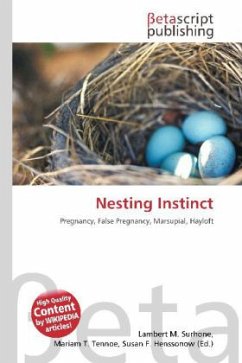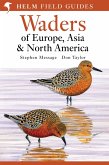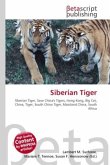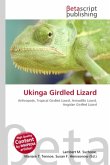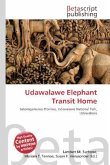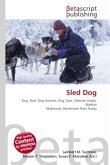Please note that the content of this book primarily consists of articles available from Wikipedia or other free sources online. Nesting instinct refers to an instinct or urge in pregnant animals to prepare a home for the upcoming newborn(s). It is found in a variety of animals (both mammals and birds) and can occur in human mothers as well. In rodents and lagomorphs, the nesting instinct is typically characterized by the urge to seek the lowest sheltered spot available; this is where these mammals give birth. Female dogs find a place such as a box, and smooth out the bottom (they also sometimes do this in cases of false pregnancy, or pseudocyesis). Domestic cats often make nests by bringing straw, cloth scraps, and other soft materials to a selected nook or box; they particularly are attracted to haylofts as nest sites. In birds it is known as "going broody", and is characterized by the insistence to stay on the nest as much as possible, and by cessation of laying new eggs. Marsupials do not exhibit a nesting instinct per se, because the mother''s pouch fulfills the function of housing the newborns.
Bitte wählen Sie Ihr Anliegen aus.
Rechnungen
Retourenschein anfordern
Bestellstatus
Storno

